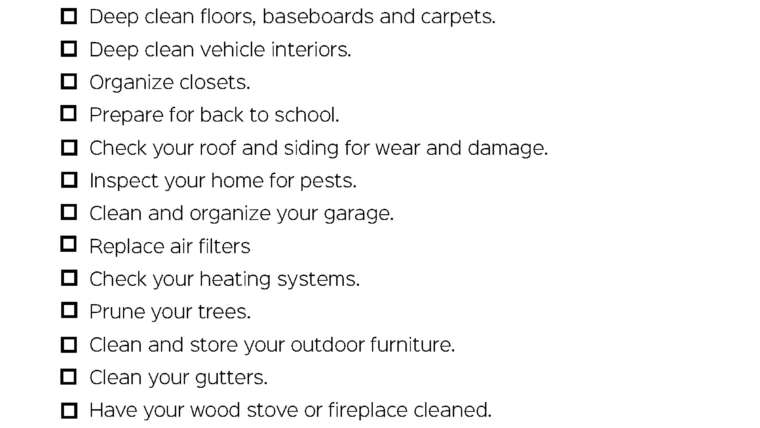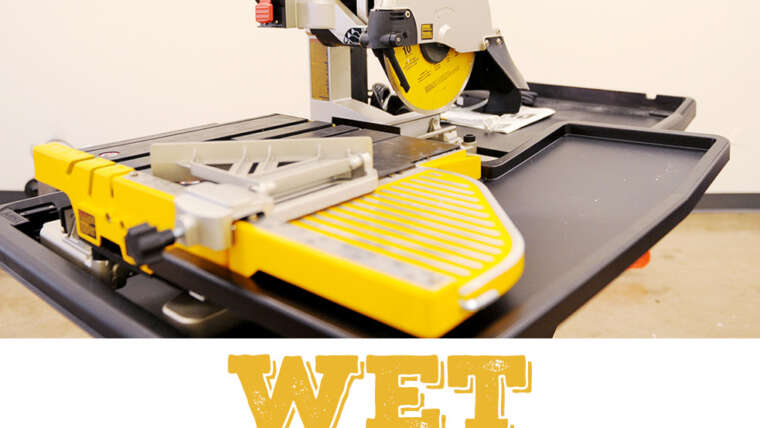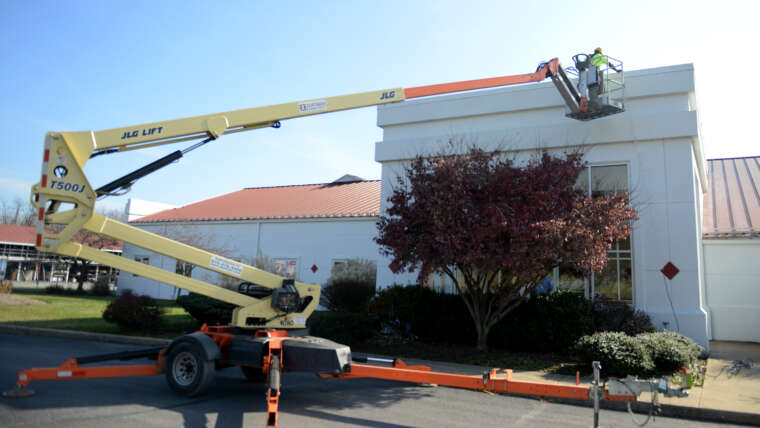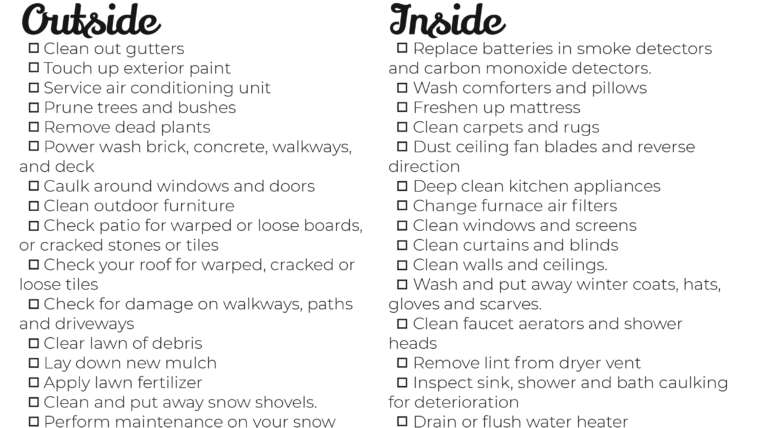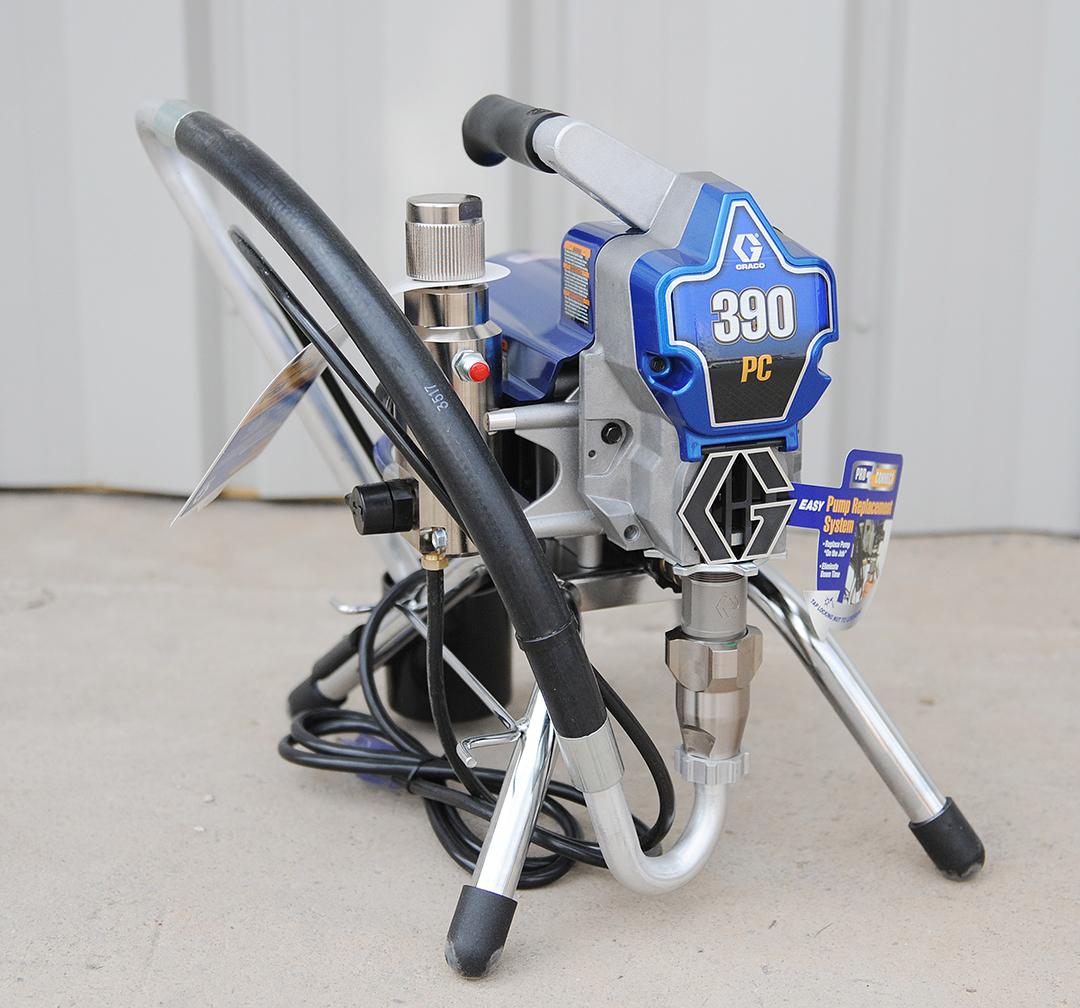
Benefits of Using an Airless Paint Sprayer
Does your project involve painting large surfaces or a perfect finish? Then a paint sprayer might be the tool you need. There are advantages and disadvantages to using an airless paint sprayer over a traditional roller and brush.
Benefits of an Airless Paint Sprayer
- Speed: An airless paint sprayer can distribute a large volume of paint over a surface in a short period of time. It is up to four times faster than traditional painting methods.
- Even coating: Airless sprayers make it much easier to achieve a perfect, even coating. The sprayer blasts out tiny droplets of paint that evenly cover the surface, with no brush or roller marks in sight. This can be especially useful when painting an uneven or textured surface. An airless paint sprayer can apply a glass-smooth finish on woodwork or doors flawlessly.
- Highly portable: unlike other paint sprayers, an airless paint sprayer is relatively lightweight and can be easily moved around a room by one person.
- No compression: Unlike other sprayers, an airless paint sprayer uses a hose to push out the paint. This greatly reduces the amount of overspray created, enhancing your ability for precision.
- Precision: the tips on the airless paint sprayer are customizable, allowing you to select exactly what you need.
- Large coverage area
Disadvantages
- Waste: Approximately 15 percent of the paint will be lost to the atmosphere
- Overspray: Since the spray covers a large swath each time, anything that isn’t covered could get painted. Mask or cover anything you do not want to be painted. When painting outside be aware that the wind will take the paint in ways you cannot control.
- Control: It is more difficult to control where your paint will end up with an airless paint sprayer.
- Clean up: Dried paint is no one’s friend, so time will need to be taken after completion of a project to flush the paint from the pump and hose and clean the spray gun.
When to use an airless paint sprayer
- Painting big walls
- Painting textured walls, popcorn ceilings or other uneven surfaces
- Painting woodwork or doors
- Priming bare drywall
- Painting a long fence
Tips
- Tip opening size:
- Stains, water sealers, and lacquers: 0.0009-0.013
- Enamel paint: 0.013-0.15
- oil-based or latex paints: 0.15 and higher
- Starting to paint:
- Start your movement before you start spraying, otherwise, you risk a huge splotch at the start
- Keep your movements and distance consistent
- Finishing your paint job:
- Thoroughly clean your sprayer immediately upon finishing
Safety
- Always read the instruction manual, especially the safety precautions.
- Airless sprayers operate at extremely high pressure, if any part of your body gets too close to the tip paint can be injected under the skin. This is a poisoning hazard, please seek emergency treatment immediately. There may be dangerous toxins that must be removed, even if your injury does not look serious.
- Keep the trigger locked and follow the pressure release instructions.
- Wear safety glasses and an approved respirator while operating.
- Use in a well-ventilated area.
Don’t throw away all your brushes and rollers just yet. An airless paint sprayer is not ideal for every situation, but for some projects, it can help eliminate the hand aches and ugly streaks of rollers and brushes.


